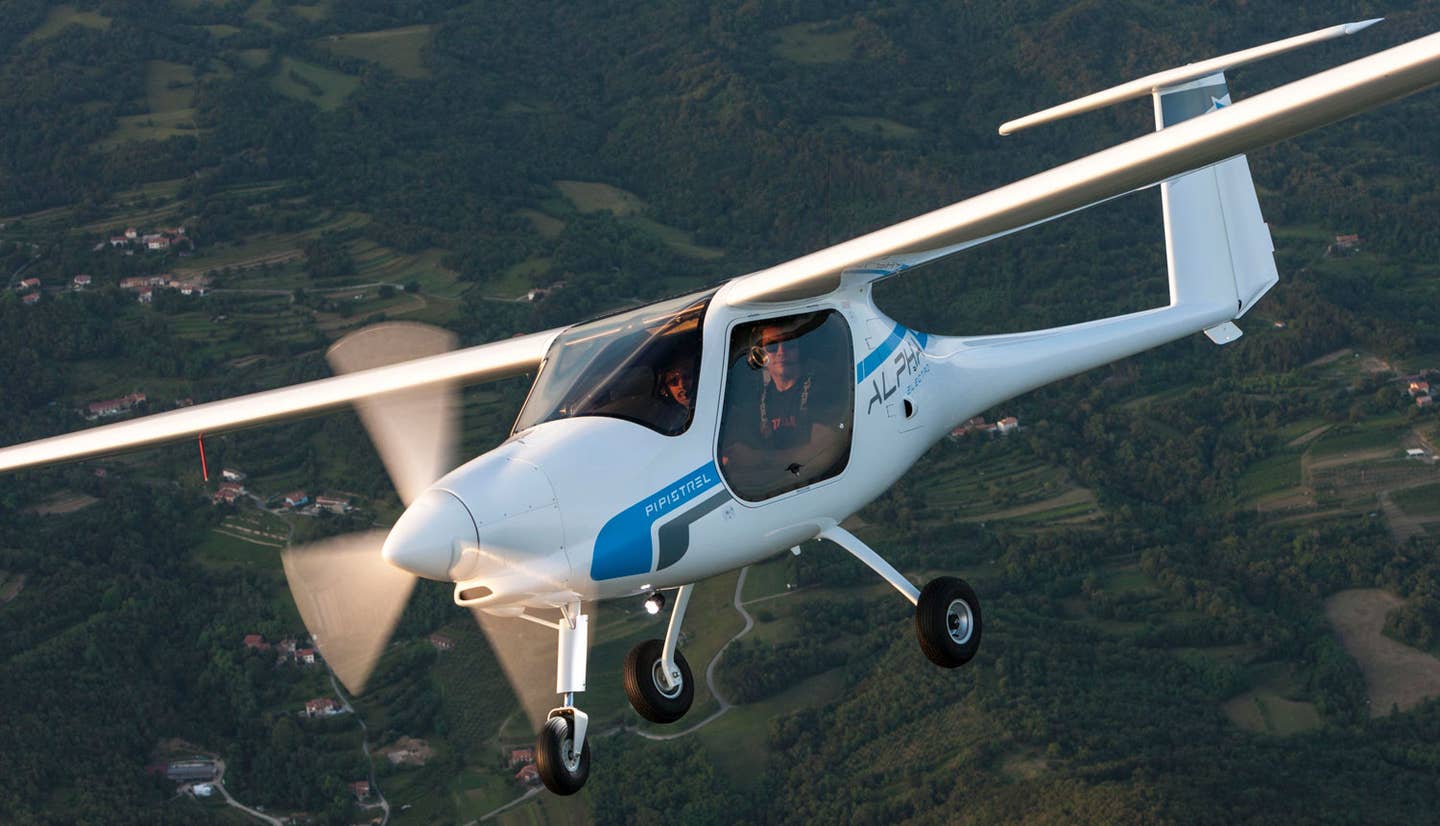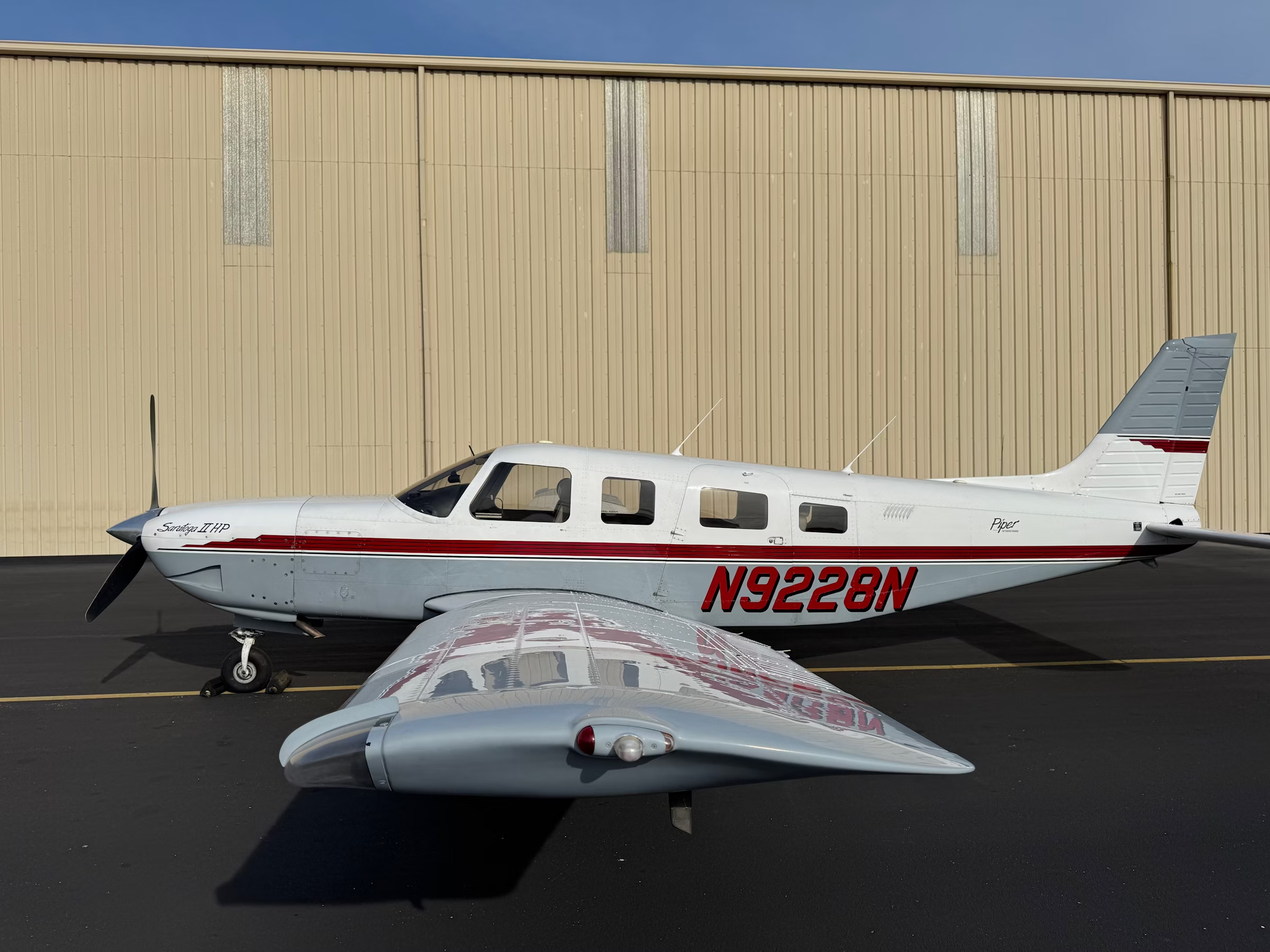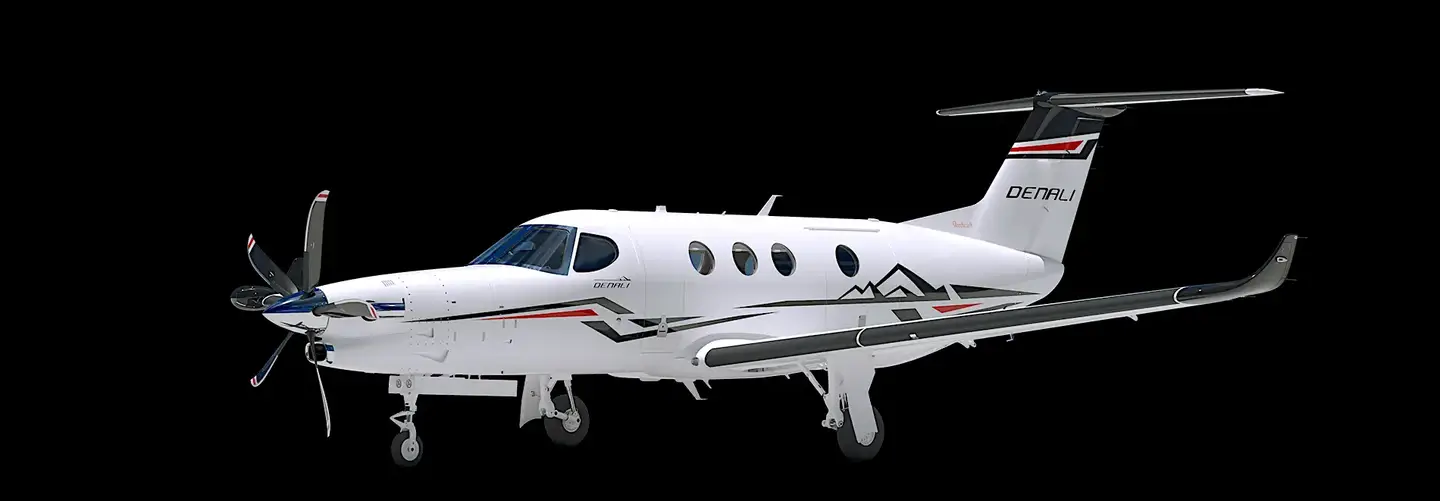
Jim Koepnick / EAA
Chris Esposito is co-founder of First Landings Aviation, a central Florida sport pilot flight school, and holds both CFI-ASEL and CFI/CFII-H ratings. Chris has given more than 1,200 hours of flight instruction, 600 of which have been in light-sport aircraft.
"Flying both the PiperSport and Remos, two fairly well-known light-sport aircraft, I am often approached by interested pilots who wish to rent the airplanes from our flight school. Many of the pilots tell me of the hundreds or thousands of hours of experience they have flying Standard Category (Part 23) airplanes. After their first landing attempt in a light-sport aircraft, these pilots immediately understand why our school has a three-hour check-out minimum. Landings are by far the biggest challenge for Standard Category pilots transitioning to LSAs.
"Light-sport aircraft have less mass by design, and with less mass comes less momentum (or inertia). Heavier airplanes can be forgiving on final approach because they ride through light turbulence and varying winds with very little change in their glidepaths. LSAs are not able to ride through so smoothly. Thanks to less mass, not only do light-sport pilots have to compensate more for wind shear and turbulence, but they also have to deal with an airplane that has a more critical landing flare and is more responsive on the controls. Now about that landing flare …
"On final approach in a Cessna 172, most pilots begin leveling out much higher than sport pilots do in LSAs. As you flare a larger airplane, you can pull back on the stick or yoke a little bit at a time, slowly bleeding off your speed until the airplane's stall horn goes off and you touch down. You fly light-sport aircraft to the ground. When we instruct in our Remos G-3, for example, we teach a slightly steep final approach angle with a speed of 70 mph, which is kept until five to 10 feet above the ground. Only then do we begin to lift the nose, and even then only to initially level the airplane, not flare it. As the airplane is coasting down the runway low, gently pulling back on the stick as the speed drops will raise the nosewheel enough to let the mains take the brunt of landing, and the airplane touches down while it is still "flying." Avoiding shallow approaches and "dragging" the airplane in by the propeller, Standard Category pilots will better manage the airplane's energy, conserving it for the landing flare and avoiding many of the pitfalls pilots face when transitioning to sport aircraft."
Kirby Ortega is chief pilot of Cessna Aircraft's Piston Engine Flight Operations. He is a two-term Master Flight Instructor with more than 14,200 hours of dual instruction and type rated in almost all of the Citation models, with more than 22,600 flight hours. Kirby is also designated pilot examiner and Citation pilot proficiency examiner with the Wichita FSDO.
"I just completed a two-month training tour in the Cessna Skycatcher, visiting Cessna sales team authorized representatives or C/STARs, which are the Cessna dealers in the field. Most, if not all, of the pilots whom I flew with had no previous light-sport aircraft experience, allowing me to observe firsthand their adaption to the Skycatcher. I start with a personal comment to transitioning pilots that the Skycatcher is not difficult but just different from the heavy Skyhawks and massive Skylanes they may have recently captained. For example, the Skycatcher is almost half the weight of the Skyhawk but just as fast. However, with a lightweight airplane, pilots need to consider when the winds make it a good LSA flying day or not. Living here in Kansas with the winds constantly light and variable with gusts to 50 knots, this consideration comes up frequently given the ASTM-recommended maximum wind velocity of 22 knots for all operations.
"Light also describes the required control pressure inputs for handling the Skycatcher. Cessna has attached a gurney strip to the elevator trim tab in an effort to minimize pilot induced oscillations in the landing flare.
"Useful load needs to be a compromise between fuel and people because, again, light describes carrying capability. The Skycatcher's useful load of about 480 pounds — two 200-pound normal size pilots on board leaving 80 pounds or 13.3 gallons of fuel — is plenty for a two-hour training sortie (and, not to mention, not far from a 152's published useful load).
"The term light-sport aircraft emphasizes the word light. Light winds, light touch and light loads. Don't go light on the training when transitioning though! Approach any LSA with the same training thoroughness you would for checking out in a heavy airplane with horsepower and weight doubling that of the LSA.

Sign-up for newsletters & special offers!
Get the latest FLYING stories & special offers delivered directly to your inbox






